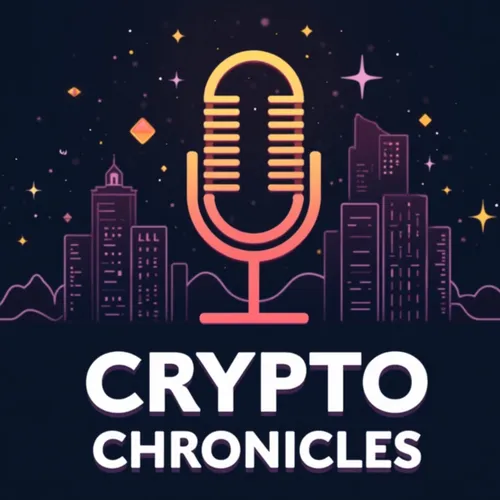🏛️ Decentralized Autonomous Organizations: Governance, Security, and Legal Challenges
- Author
- Produced by Vib Kapila
- Published
- Sat 19 Apr 2025
- Episode Link
- https://podcasters.spotify.com/pod/show/cryptochronicles/episodes/Decentralized-Autonomous-Organizations-Governance--Security--and-Legal-Challenges-e31oa4s
How do the inherent structures and governance mechanisms of DAOs impact their resilience against cyber threats and vulnerabilities?
The inherent structures and governance mechanisms of Decentralized Autonomous Organizations (DAOs) have a complex impact on their resilience against cyber threats and vulnerabilities. While some aspects offer advantages, others present unique challenges.
Impact on Resilience:
•Vulnerabilities in Smart Contracts: DAOs operate based on rules encoded in self-executing smart contracts on a blockchain. Vulnerabilities or coding errors in these smart contracts are a significant cybersecurity risk. Malicious actors can exploit these flaws for unauthorized access, fund manipulation, or disruption of governance processes. Examples include re-entrance attacks, where an external contract re-invokes the initial contract, potentially creating an endless loop and enabling fund theft. The hack of "The DAO" in 2016, where a bug in the smart contract code led to the theft of a substantial amount of funds, highlights this vulnerability.
•Immutable Blockchain: Once the smart contracts are deployed on the blockchain, their rules are generally immutable. While this ensures that the DAO operates according to its initial programming, it also means that fixing critical security vulnerabilities requires community consensus and a change to the code, which can be a complex and time-consuming process. This can leave DAOs exposed to known vulnerabilities until a governance proposal to update the smart contracts is put forward, voted on, and implemented.
•Decentralized Governance and Reaction Time: The decentralized nature of DAOs, where decisions are made through community proposals and voting, can affect the speed at which they can respond to and mitigate cyber threats. Implementing security patches or responding to an ongoing attack might require a governance vote, which could delay crucial actions compared to a traditional organization with a centralized security team.
•Transparency and Open Source: The open-source nature of most DAO smart contracts allows anyone to review the code for potential vulnerabilities. This transparency can be an advantage as it allows the community and security experts to identify and potentially flag risks. However, it also means that malicious actors have the same access to the code and can look for exploits.
•Phishing and Social Engineering: DAOs are susceptible to phishing attacks where individuals can be tricked into revealing sensitive information like private keys, compromising the governance structure and funds.
•Governance Attacks: Malicious actors or groups with objectives misaligned with the DAO's mission could potentially gain control of the DAO through its own governance procedures (if they acquire a sufficient number of governance tokens) and drain the treasury or misuse funds.
•Immutable Record of Actions: Every action and transaction within a DAO is recorded on the blockchain, creating a comprehensive and immutable record. This transparency can make it more difficult for individual members to hide fraudulent activities or unauthorized transactions.
In conclusion, the inherent structures and governance mechanisms of DAOs present both strengths and weaknesses in the face of cyber threats. The transparency and community oversight can aid in identifying vulnerabilities, but the decentralized decision-making processes might slow down response times. Furthermore, the reliance on immutable smart contracts means that security flaws can be persistent and require significant consensus to rectify. Therefore, proactive security measures, robust smart contract auditing, and community awareness are crucial for enhancing the resilience of DAOs against cyber threats.
